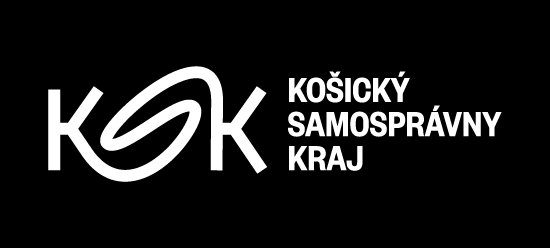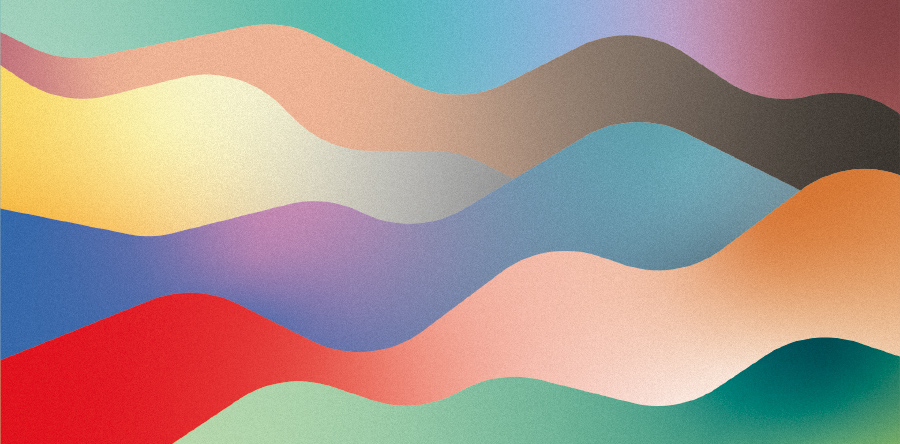Opening: 14. 11. 2024, 18.00
Curator: Miroslav Kleban
Exhibition duration: 15. 11. 2024 – 30. 3. 2025
Exhibition Space C, Hlavná 27, Košice
Born into a Roma family in East Slovakia, the artist Rudolf Dzurko is one of Slovakia’s least well-known and most underappreciated artists. Although part of the post-war generation of artists, he developed his own highly distinctive artistic style through the use of the specific technique of creating assemblages using crushed glass. Within the context of Roma culture, Dzurko is essentially a unique phenomenon whose work represents a separate pillar of artistic expression within the framework of Czechoslovak art; standing out from his contemporaries, he simply has no equivalent.utorok
Rudolf Dzurko was born in the village of Pavlovce in in the Vranov nad Topľou district of East Slovakia. Together with his father and his three brothers, Dzurko fled the German occupation towards the end of the Second World War, eventually reaching the border region of North Bohemia. He originally trained as a shoemaker, but he did not complete his apprenticeship. His rebellious and temperamental character marked him as an outsider who was fearless in the face of new challenges. He ran away from home at fourteen and performed various types of manual labour, including spells as a bricklayer, a stoker and as a worker in a glass factory. His work ethic and preference for manual labour inclined him towards the visual arts, although he never considered himself to be an artist (in 2002, he published a monograph in a hybrid Czech-German language titled Já nedělám umění [I do not make art]).
Working with glass became Dzurko’s distinctive signature style, and it is a truly unique artistic technique. He crushed glass of various colours in a special grinder and applied the resulting glass sand in remarkable compositions which were often inspired by his childhood and life in the Roma community. Dzurko generally considered himself to be a naïve artist, likely as a result of his lack of formal artistic education, but this research and exhibition project aims to apply a revisionist art history approach and re-evaluate his work to draw attention to its connections with surrealism and magic realism and even boldly assert that it is comparable with the work of the Mexican artist Frida Kahlo. The art of Rudolf Dzurko is perhaps most familiar in Czech artistic circles, as his name featured in many ethnographical exhibitions focusing on the Roma minority which were held in the region from the early 1970s onwards.
Dzurko had a regular job and worked on his art in his free time, and it is therefore remarkable that he left behind such an extensive artistic legacy, the larger part of which is held in the collection of the Museum of Roma Culture in Brno, the main partner in the organisation of the first solo exhibition of Rudolf Dzurko’s work to be held at the East Slovak Gallery and in Slovakia as a whole. From 1989 onwards, Dzurko supported himself by focusing on woodworking, and throughout the nineties he sold his handmade tourist souvenirs on Charles Bridge in Prague. Dzurko was also a talented musician and storyteller; he had a limitless imagination, and his anecdotes about Roma life were bursting with humour. He is also known through his connections with the political and cultural circles associated with the signatories of Charta 77, some of whom were hidden from persecution through Dzurko’s help. This first solo exhibition of Rudolf Dzurko’s art features dozens of works created in the crushed glass technique and wooden figural works which draw upon Roma culture and traditions. The exhibition is a continuation of the program of academic research which aims to re-evaluate Central European art history and rehabilitate hitherto underappreciated or little-known artists within the context of inclusive approaches and the revision of art-historical contexts.



